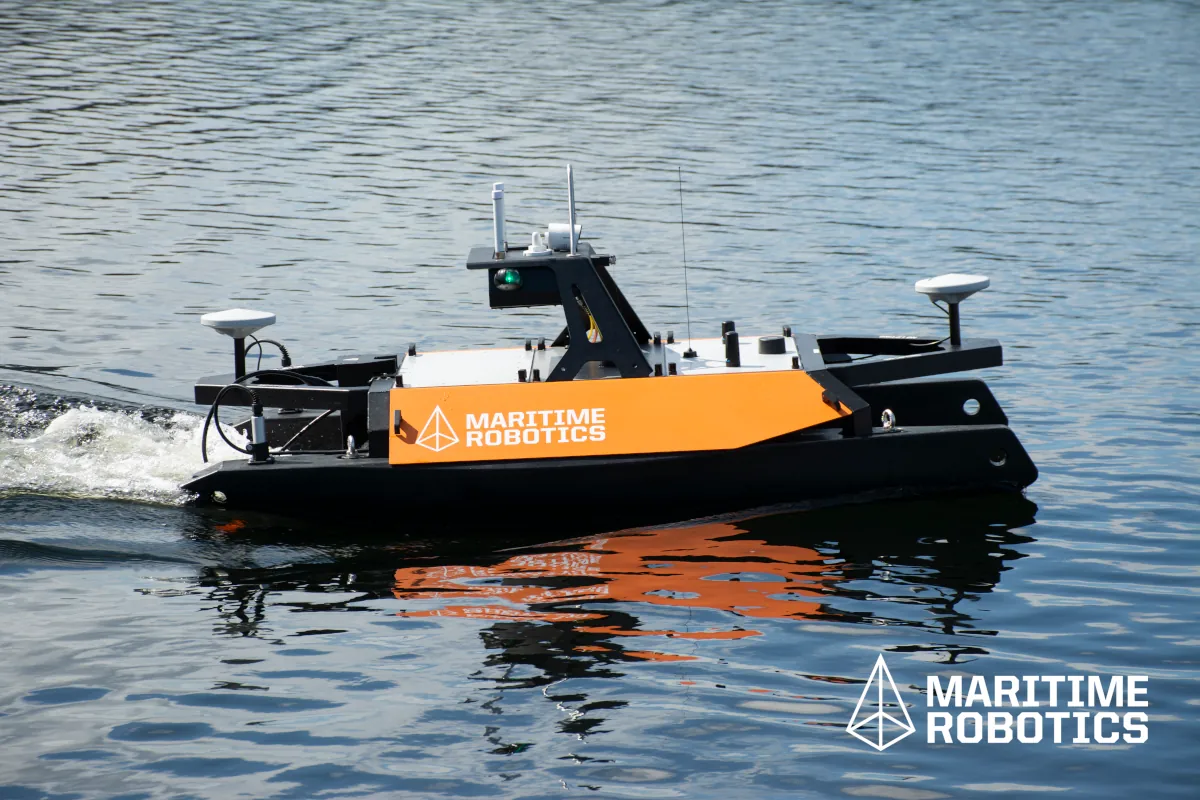The interaction of port facilities and ships, interests and activities, such as logistics and transport, and the constant risk of piracy, terrorist attacks and other international crimes, which cause concern within international maritime transport, have forced port infrastructures and shipping companies to adopt guidelines and protection systems for maritime security.
In 2001, after the September 11 attacks in the United States of America, an essential maritime regulation for the security of ships and ports, the ISPS or International Ship and Port Facility Security Code, was introduced by IMO.
Companies and professionals internationally involved in maritime transport agreed on the need to develop a security system to identify threats and introduce preventive measures against security incidents involving ships or port facilities, companies operating in maritime transport and those sensitive infrastructures located in ports.
The port areas and shipping companies appoint on the basis of the ISPS the Port Facility Security Officer and develop a Port Facility Security Plan based on the assessment of security. It is a plan that guarantees the application of measures aimed at protecting the port, ships, workers, goods, goods transport vehicles, warehouses, from the risks of a security incident.
The Port Risk Assessment is a key element in the protection of maritime transport that must be carried out for each particular case. It is drawn up by the Port Facility Security Officer which also performs risk analysis activities, identifies the problem that contributes to risk and determines which options can be used as protection methods.
Although considerable progress has been made in port security in recent years, is necessary to pay close attention to the gaps still existing in some maritime sectors. Reports carried out in developing countries show that some ports and shipping lines need to improve security standards, as their facilities do not meet the international standards, mainly because of the costs of technologies.
In any situations, the use of unmanned vehicles and autonomous systems represents an effective and integral solution to reduce threats and vulnerabilities.
The maritime system includes sea and river ports, their location plays an important role during risk assessment. The PFSO focuses on areas and facilities considered vulnerable and at risk of criminal and terrorist infiltration. Port facilities have many vulnerabilities. They are mainly located near densely populated areas and sensitive infrastructures that refine or store highly dangerous products. The perimeter areas to be monitored are very large, the vehicular traffic allows movements in various areas, sometimes poorly controlled. Shipping companies are also vulnerable to attacks, the container ships, chemical and commercial cargo, ferry and cruise ships, military ships, they are all sensitive targets.
The port infrastructures in response to the terrorist and criminal attacks have implemented various types of countermeasures, control strategies, passive and active surveillance, around the structures, commercial and military ships, including on-board controls and escort during entry into the port.

Unmanned Surface Vehicles or Autonomous Surface Vehicles are vehicles without any crew, that operate on the surface of the water. They are remotely controlled by an operator or programmable to act in autonomy. USVs have many applications, including security. The USV vehicle as Otter created by Maritime Robotics play an important role in the whole security process, especially in inspection of ships and port facilities. Furthermore it is capable of carrying a variety of sensor to produce complete seabed maps.
Since each port structure or ships have different risks and vulnerabilities, specific security plans and procedures must be implemented as well as standardized measures. With Technological Innovations and the introduction of smart port facilities, any type of attack could poses serious risk to critical infrastructure and services. Many port structures adopt Internet of Things technology to increase international competitiveness. An IoT device communicates and exchange data with other devices and systems included Information and Communications Technology systems.
The technology used to develop a smart port represents the main vulnerability. The port facilities involved in a cyber-attack may suffer an Impact upon business operations and damage to autonomous systems and equipment, including security systems, which could have serious consequences for workers and population lives in urban areas.
As technology evolves, ports are becoming smarter. However, vulnerabilities in autonomous vehicles can be damaging to the economy and safety. For this reason it is essential to identify effective malware defense mechanisms capable of detect and counter cyber attacks. The installation of these technologies on vehicles and autonomous systems can avoid the occurrence of such events.
Terrorism and crime threats represent a real and very serious factor, their Impact has devastating consequences on the community and structures. The probability with which these events manifest themselves are high. To counter this situation it is necessary to realize efficient and preventive countermeasures.
Paolo Mazzone
SubEng – HSE Adviser
International Maritime Organization – it is an United Nations agency responsible for regulating shipping. IMO develops and publishes regulation about maritime safety and security, shipping efficiency, technical co-operation, environmental aspects and maritime law. Established in 1948 and created in 1959, IMO headquarters are in London.
Internet of Things – network of physical objects connected each other and exchanging data by Internet.
Images
Cover: Port of Melbourne, by Bernard Spragg
Article: Otter USV vehicle, by Maritime Robotics. Visit Maritime Robotics Facebook page.



